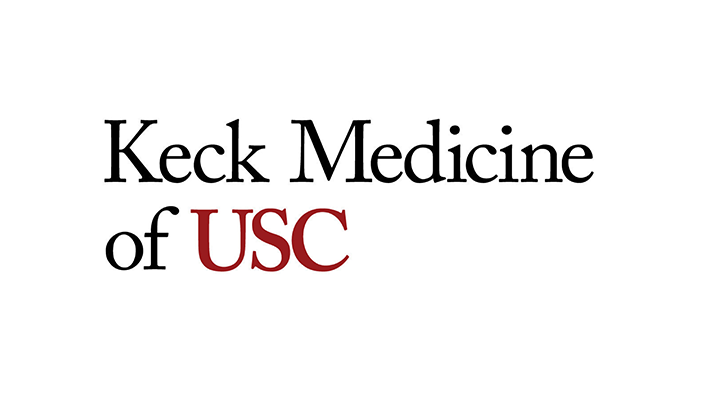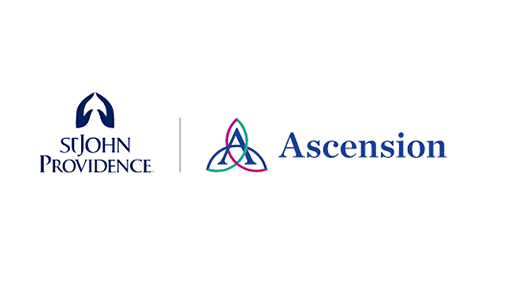
Interoperability
Data exchange impacts every aspect of health care today.
Cerner Interoperability makes data flow freely using standards, network connections and nationwide exchange to give clinicians access to relevant information regardless of source and support data sharing across the continuum. With a more complete picture of the person, we empower clinicians to make better care decisions and plan appropriate care.




